How to Delete Windows.old Files in Windows 10
Deleting Windows.old files can be a hassle, but this article will guide you through the process step-by-step so you can quickly and easily reclaim your storage space.

Windows 10 is one of the most popular operating systems used today. It offers users the latest features and security updates to keep their system running smoothly. But with all the new updates comes a lot of extra files, including the Windows.old folder. This folder is created when you upgrade to a new version of Windows 10, and it contains all the files from the previous version of Windows. This can take up a lot of disk space, and it may even slow down your system. So if you want to reclaim some disk space and make your system run faster, you’ll need to delete the Windows.old folder.
Fortunately, deleting the Windows.old folder is quite easy. In this article, we’ll show you how to do it in just a few simple steps.
Step 1: Open the Disk Cleanup Tool
The first step is to open the Disk Cleanup tool. To do this, press the Windows key + R to open the Run command box. Then type in “cleanmgr” and press enter.
Step 2: Select the Drive to Clean Up
The Disk Cleanup tool will open and ask you to select the drive that you want to clean up. Select the drive that has the Windows.old folder and then click “OK”.
Step 3: Select the Files to Delete
Next, the Disk Cleanup tool will show you a list of files that you can delete. Scroll down to the “Previous Windows Installation(s)” section and check the box next to it. This will select the Windows.old folder and all the files inside of it.
Step 4: Delete the Files
Once you’ve selected the files to delete, click the “OK” button. You’ll be asked to confirm that you want to delete the files. Click “Delete Files” to delete the Windows.old folder and all the files inside of it.
Step 5: Restart Your Computer
The process of deleting the Windows.old folder can take a few minutes, so it’s best to restart your computer after the process is complete. This will ensure that all the changes take effect and the folder is completely deleted.
That’s it! The Windows.old folder should now be deleted from your computer and you should have some extra disk space. If you find that the folder is still there after restarting your computer, you may need to repeat the steps above.
Deleting the Windows.old folder is an easy way to free up some disk space and improve your system’s performance. If you’re still having trouble, you may need to use a third-party tool to get rid of the folder. But with the steps outlined above, you should be able to delete the Windows.old folder without any trouble.
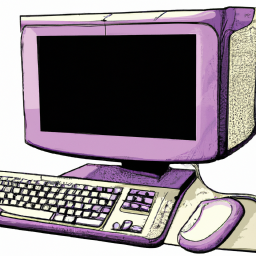
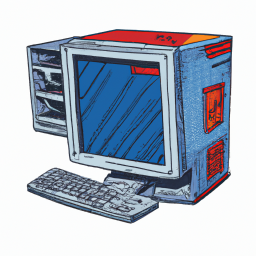

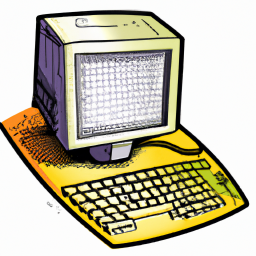
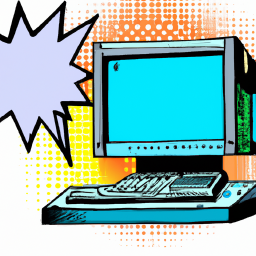
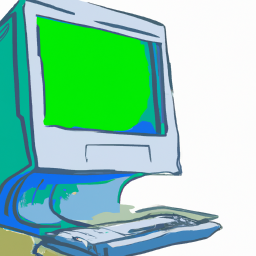

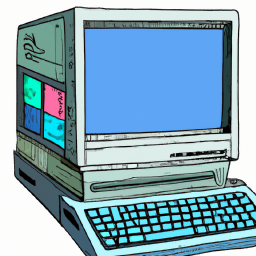
Terms of Service Privacy policy Email hints Contact us
Made with favorite in Cyprus